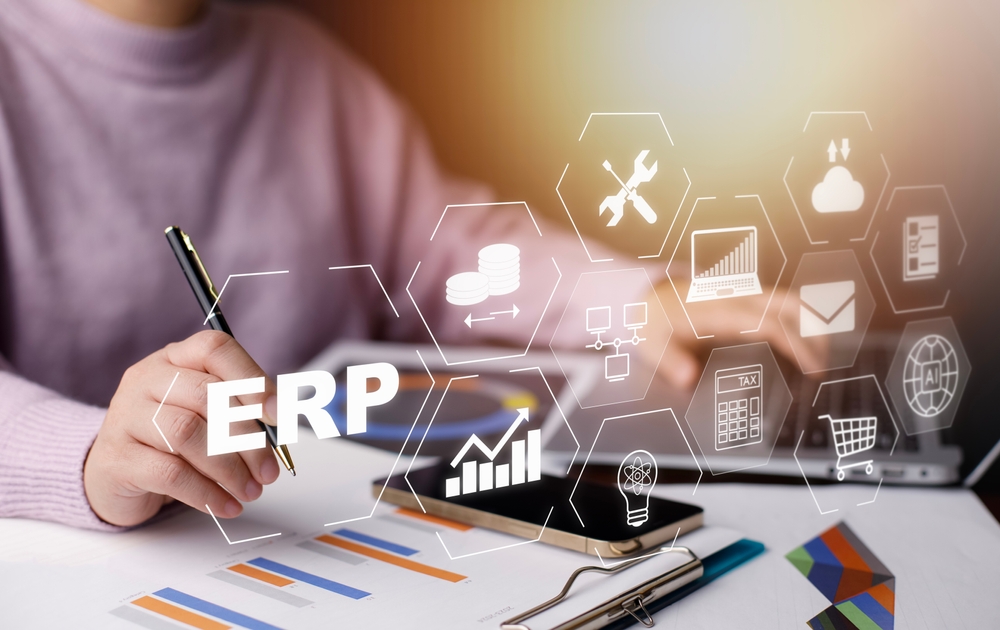Download Top POS Systems For Businesses
Explore the top POS systems of 2024.
Point of Sale (POS) systems have become essential tools for businesses of all sizes, streamlining transactions, managing inventory, and providing valuable sales insights. As technology evolves, POS systems have expanded their capabilities beyond mere transaction processing.
In this guide, we'll delve into the features, types, leading systems for 2024, and costs associated with POS systems to help you make an informed decision for your business.
Key Features of POS Systems
Modern POS systems come equipped with a variety of features designed to enhance business operations:

- Transaction Processing
- Payments: Secure processing of various payment methods including credit/debit cards, mobile payments, and cash.
- Receipts: Printing or emailing of sales receipts to customers.
- Inventory Management
- Tracking: Real-time tracking of stock levels and automatic updates after sales.
- Alerts: Notifications for low stock levels and reorder requirements.
- Sales Reporting and Analytics
- Reports: Detailed sales reports, including daily summaries, product performance, and employee sales.
- Insights: Analytical tools to identify trends and optimize inventory and pricing strategies.
- Customer Relationship Management (CRM)
- Profiles: Creation and management of customer profiles including purchase history.
- Loyalty Programs: Implementation of rewards programs and personalized promotions.
- Employee Management
- Scheduling: Tools for managing staff schedules and clock-in/clock-out times.
- Performance Tracking: Monitoring of individual employee sales and performance metrics.
- Multi-Channel Integration
- E-commerce: Synchronization of online and in-store sales and inventory.
- Omni-Channel: Unified management of orders, inventory, and customer data across various sales channels.
- Security Features
- Data Encryption: Protection of sensitive transaction and customer data.
- User Permissions: Role-based access controls to restrict system functions based on user roles.
Types of POS Systems
POS systems are categorized based on their functionality and deployment method:
- Traditional POS Systems
- Overview: Typically hardware-based systems installed at physical locations like retail stores and restaurants.
- Components: Includes terminals, receipt printers, barcode scanners, and cash drawers.
- Best For: Businesses requiring robust, stationary systems with integrated hardware.
- Mobile POS Systems
- Overview: Portable systems using smartphones or tablets to process transactions.
- Features: Flexibility to take payments anywhere, often with app-based software.
- Best For: Businesses needing mobility, such as food trucks, pop-up shops, and field service operations.
- Cloud-Based POS Systems
- Overview: Systems hosted on the cloud, accessible via internet-connected devices.
- Features: Real-time updates, remote access, and reduced upfront hardware costs.
- Best For: Businesses seeking scalability, easy updates, and multi-location management.
- Self-Service Kiosks
- Overview: Standalone systems allowing customers to place orders and make payments without staff assistance.
- Features: Enhanced customer experience with reduced wait times and staffing needs.
- Best For: Quick-service restaurants, retail environments, and service stations.
Top POS Systems for 2024
- Square POS
- Overview: Known for its user-friendly interface and versatile capabilities.
- Features: Comprehensive payment processing, inventory management, and customer engagement tools.
- Cost: Free for basic features; transaction fees apply. Advanced plans start at $60/month.
- Website: Square POS
- Shopify POS
- Overview: Integrated solution ideal for businesses with both online and physical stores.
- Features: Seamless e-commerce and in-store sales management, inventory sync, and robust reporting.
- Cost: $89/month for Shopify POS Pro, additional transaction fees apply.
- Website: Shopify POS
- Clover POS
- Overview: Customizable and scalable system suitable for various business types.
- Features: Extensive app marketplace, advanced employee and inventory management, and flexible hardware options.
- Cost: Starts at $9.95/month for basic plan; hardware costs vary.
- Website: Clover POS
- Lightspeed POS
- Overview: Advanced POS solution with strong features for retail, restaurant, and e-commerce sectors.
- Features: Comprehensive inventory management, detailed analytics, and multi-location support.
- Cost: Plans start at $69/month; custom pricing available for larger businesses.
- Website: Lightspeed POS
- Toast POS
- Overview: Specifically designed for the restaurant industry with industry-leading features.
- Features: Table management, online ordering, delivery integration, and advanced reporting.
- Cost: Starts at $0/month with processing fees; additional plans and hardware options available.
- Website: Toast POS
Costs of POS Systems
The cost of POS systems varies widely based on the type, features, and scale of implementation:
- Initial Setup Costs: Hardware expenses can range from $300 to $1,500 per terminal, depending on the required components.
- Software Subscription Fees: Cloud-based systems typically charge monthly fees ranging from $20 to $150 per month, depending on the feature set.
- Transaction Fees: Fees for payment processing generally range from 1.5% to 3% per transaction.
- Additional Services: Costs for additional services like customer support, software updates, and advanced analytics can also apply.











